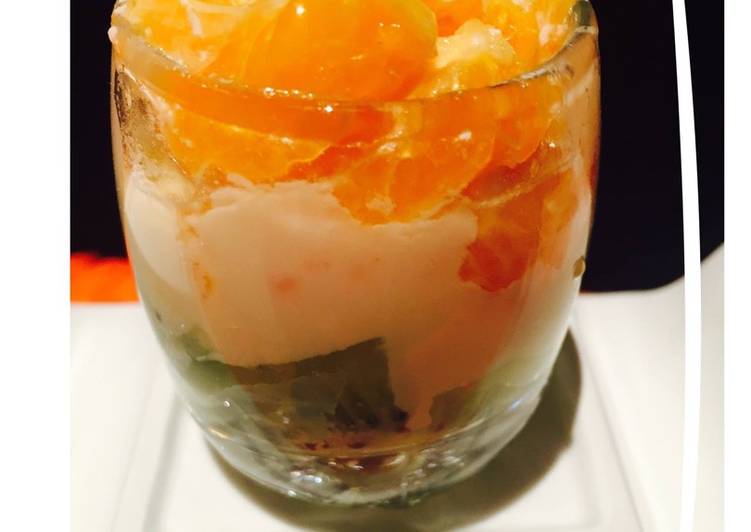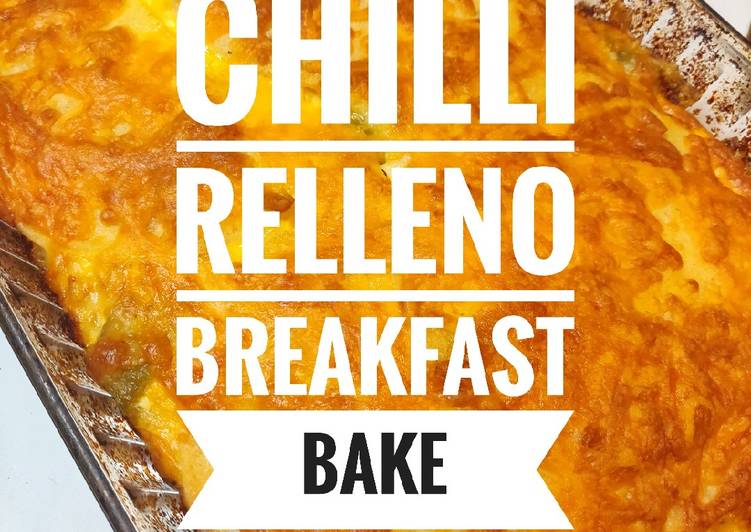
Hey everyone, it is Louise, welcome to our recipe page. Today, I will show you a way to prepare a special dish, british restaurant style curry base gravy. One of my favorites. This time, I am going to make it a little bit tasty. This will be really delicious.
British Restaurant Style Curry Base Gravy is one of the most popular of recent trending foods on earth. It is simple, it’s fast, it tastes delicious. It is appreciated by millions daily. British Restaurant Style Curry Base Gravy is something which I have loved my whole life. They’re nice and they look fantastic.
The Indian restaurant curry base or base gravy is one of the main ingredients used by most British Indian Restaurant (BIR) chefs and it allows them to create most curries in a matter of minutes. The British Indian Restaurant style of cooking curry relies on the use of a basic curry powder and a special 'mix powder' as well as the use of a 'base curry sauce'. The base curry sauce is basically a thin type of stock/soup.
To get started with this particular recipe, we have to first prepare a few components. You can cook british restaurant style curry base gravy using 15 ingredients and 5 steps. Here is how you cook it.
The ingredients needed to make British Restaurant Style Curry Base Gravy:
- Prepare 4 lb onions
- Prepare 1 red pepper
- Make ready 2 green finger chillis
- Get 1 carrot
- Prepare 100 g garlic
- Prepare 100 g ginger
- Prepare 2 tbsp tomato puree
- Make ready 8 tbsp vegetable oil
- Prepare 2 tsp salt
- Make ready 2 oz fresh coriander
- Prepare 2 tins chopped tomatos
- Take 2 tsp turmeric
- Get 2 tsp coriander powder
- Prepare 2 tsp cumin
- Take 2 tsp paprika
The Base Gravy is key in producing British Indian restaurant and takeaway style Curry in the UK (BIR). Nearly all Indian restaurants and take aways will have. British Indian Restaurant style base curry gravy. So, I've been experimenting a lot with curry cooking the way it's done in British Indian Restaurants.
Steps to make British Restaurant Style Curry Base Gravy:
- Dice the garlic and ginger and blend together into a paste with a little water in a blender. (If you don’t have one, skip this step and just add the diced garlic and ginger to the stock pot in the next section)
- Take a large pot, add 2 pints of water and add the onions (you can add these whole but I chopped them to fit in the pan easier), carrot, red pepper, chillis and coriander. Also add the salt and vegetable oil here along with the garlic and ginger paste. Cover and cook for 15 minutes, stir and then leave to cook on low heat for 45 minutes. Turn off the heat and leave the stock to cool.
- Blend the cooled stock into a gravy with a hand blender or food processor
- Add the 2 tins of tomato to another pot and blend into a smooth paste. Cook the tomato paste for 10 minutes with a splash of vegetable oil. When the tomato has been bought up to a boil, turn down the head and add the tomato purée and all of the spices. Simmer for 10 minutes.
- Put the stock gravy back onto the low heat and gradually add and stir in the tomato and spice mixture. Simmer for 20 minutes.
These dishes have a unique taste and texture of their own, distinct from. The secret I have found to re-create the depth of flavour in British Indian Restaurant Style curries is a base (or gravy) created with carrots and a-lot of onions. This method of cooking doesn't come from traditional Indian cooking, but was the result of high street restaurants trying to speed up the cooking process. restaurant-style base curry sauce. For making a restaurant-style curry base, the hero ingredients are always the fresh spices! Most British Indian restaurants understand this very well, so they try to source as much fresh produce as possible.
So that is going to wrap this up for this special food british restaurant style curry base gravy recipe. Thank you very much for your time. I’m confident that you can make this at home. There’s gonna be interesting food at home recipes coming up. Don’t forget to bookmark this page on your browser, and share it to your family, friends and colleague. Thanks again for reading. Go on get cooking!


